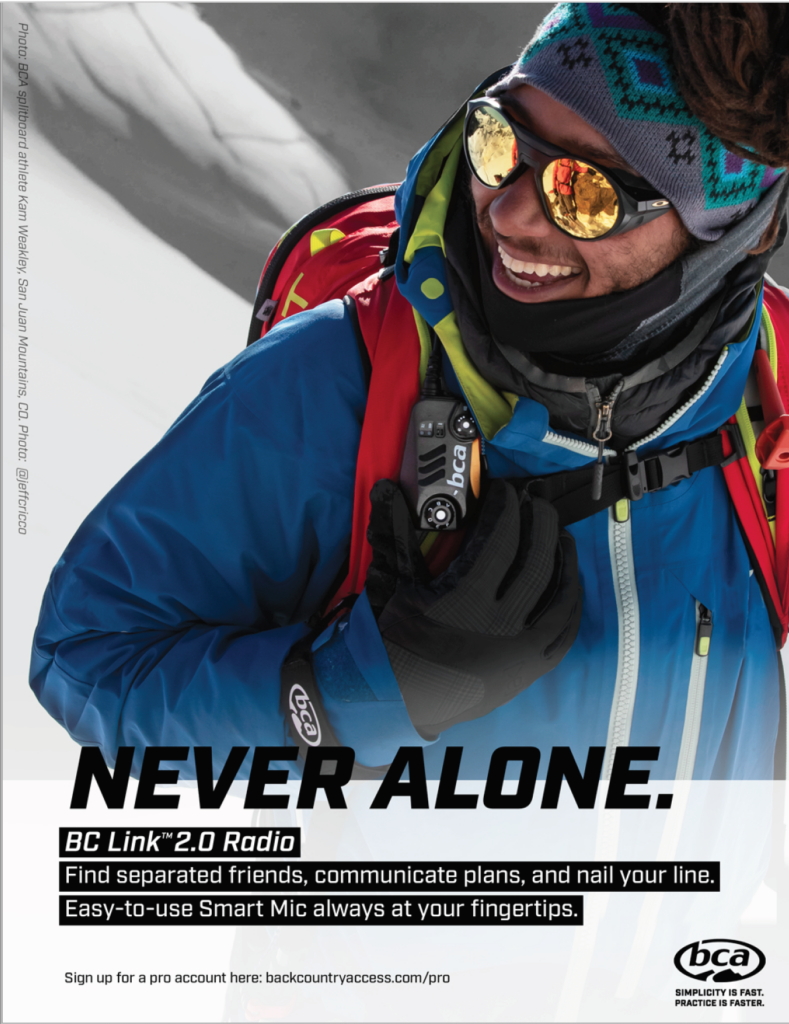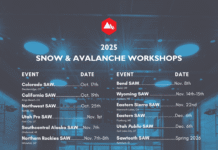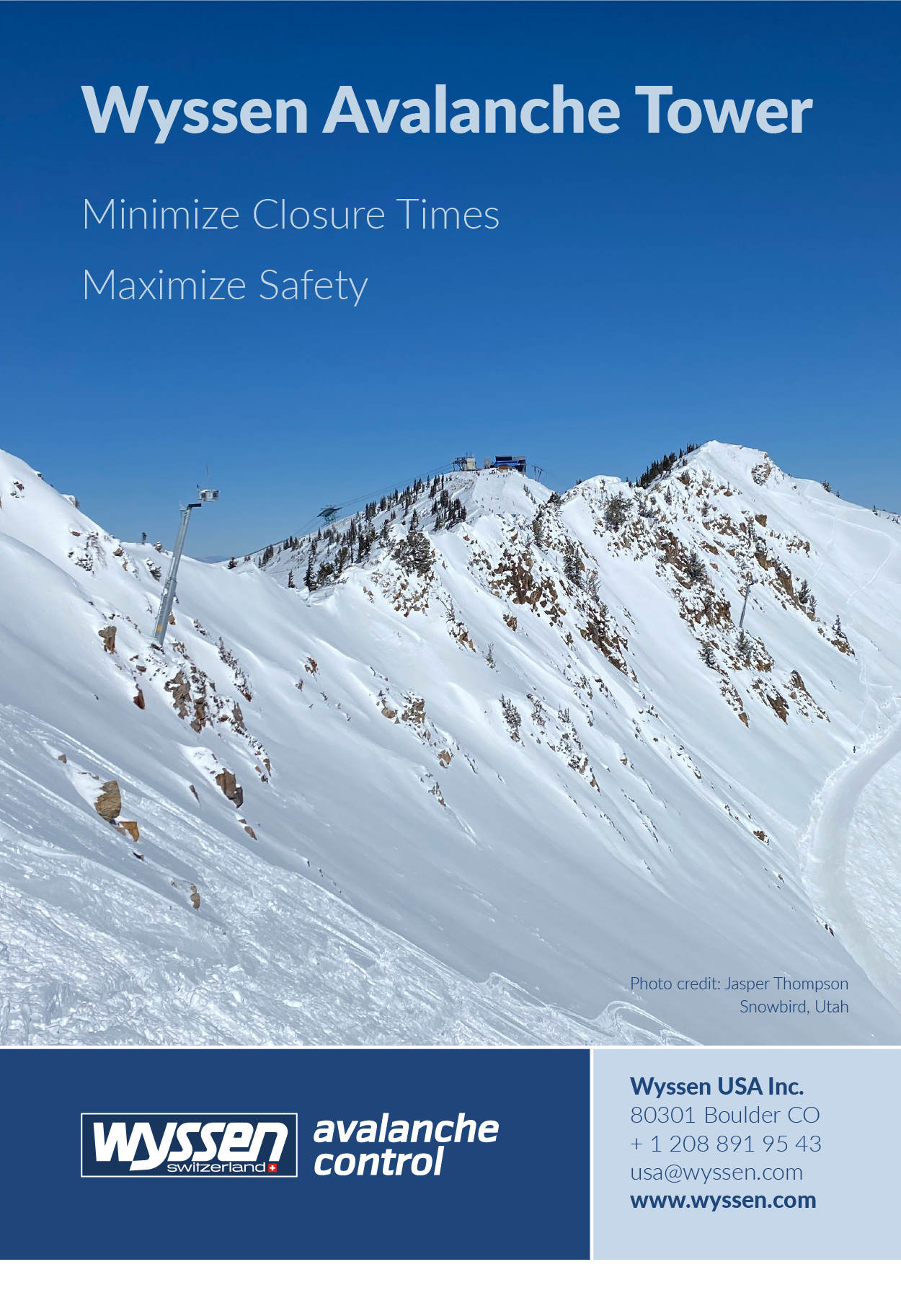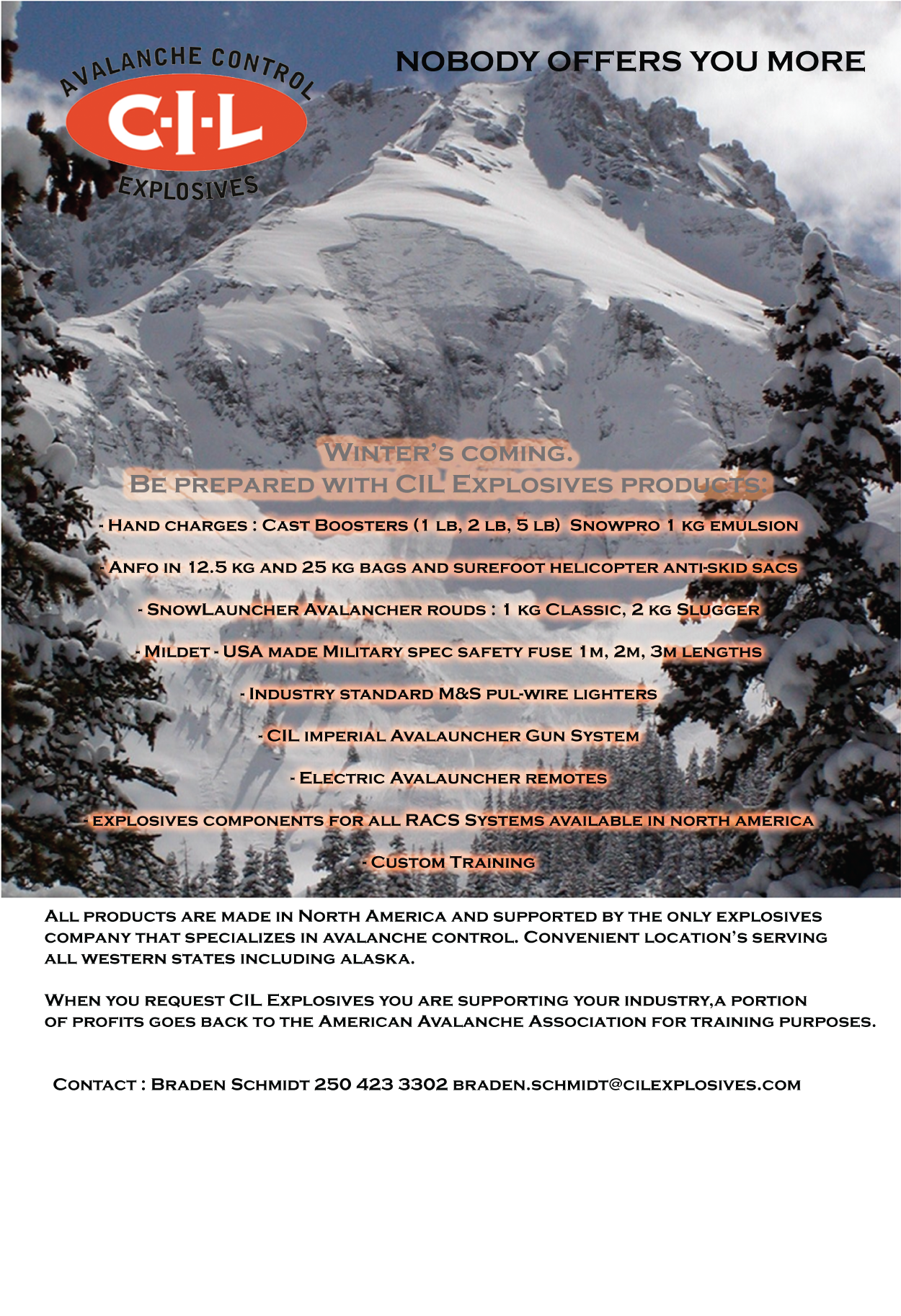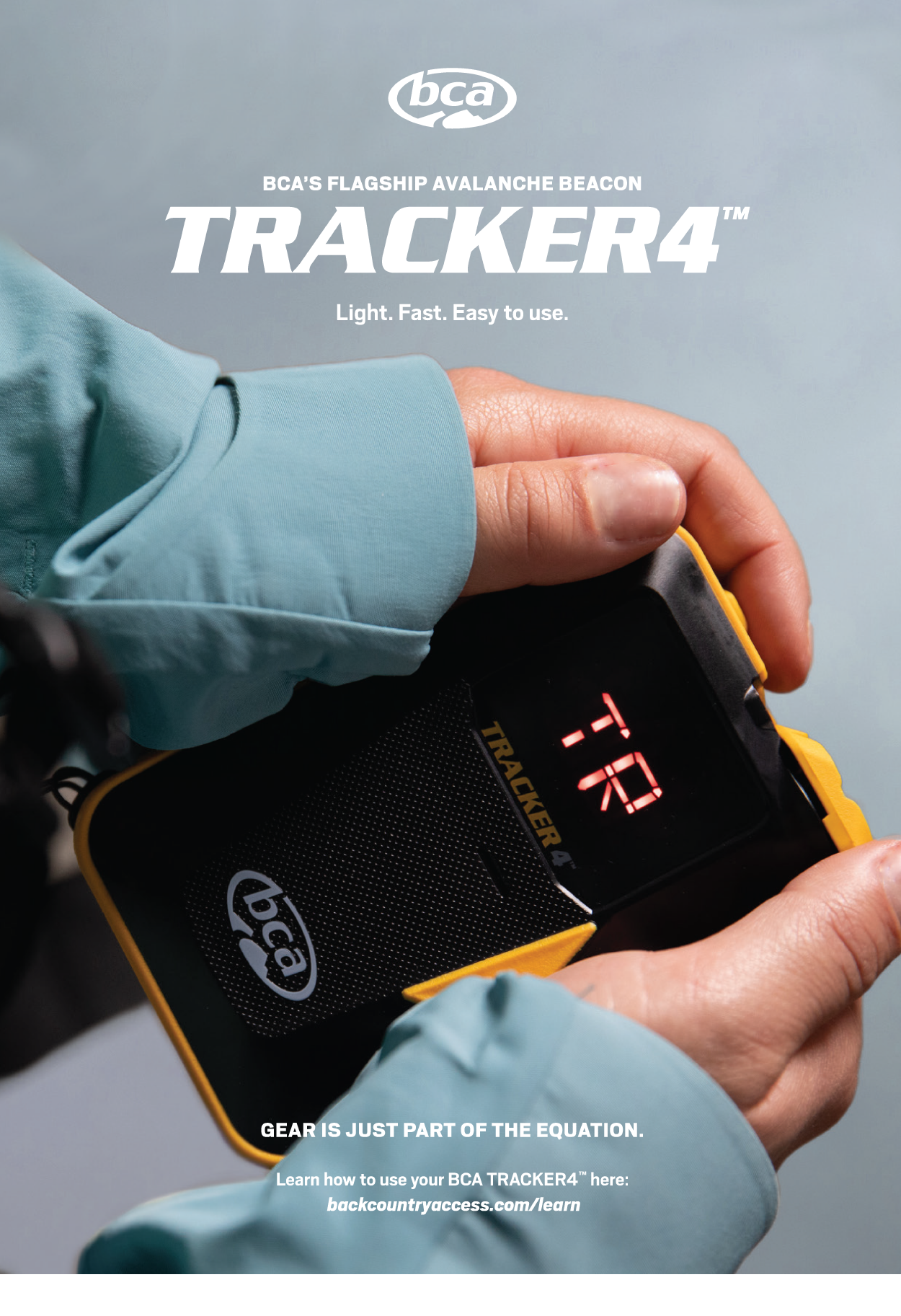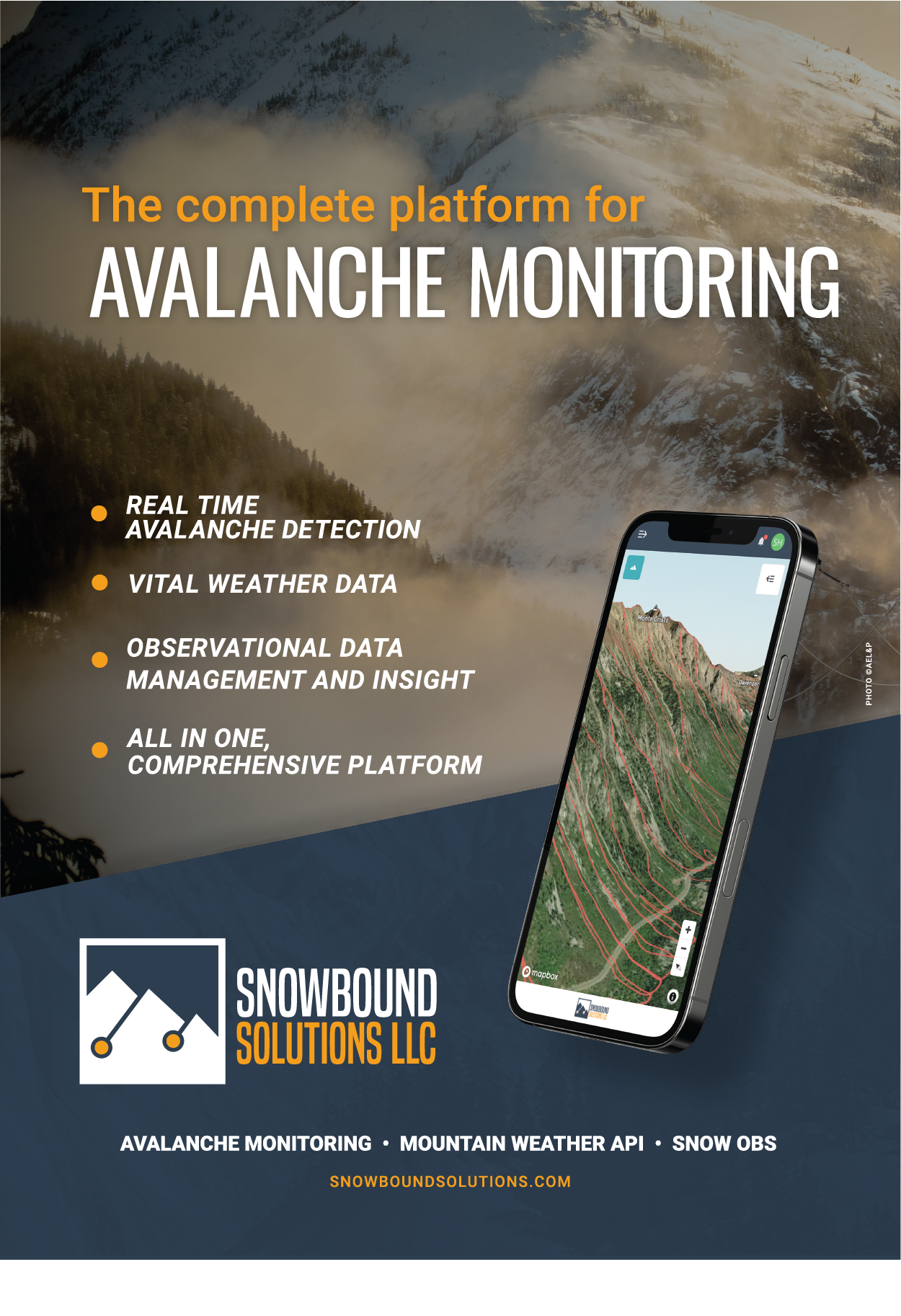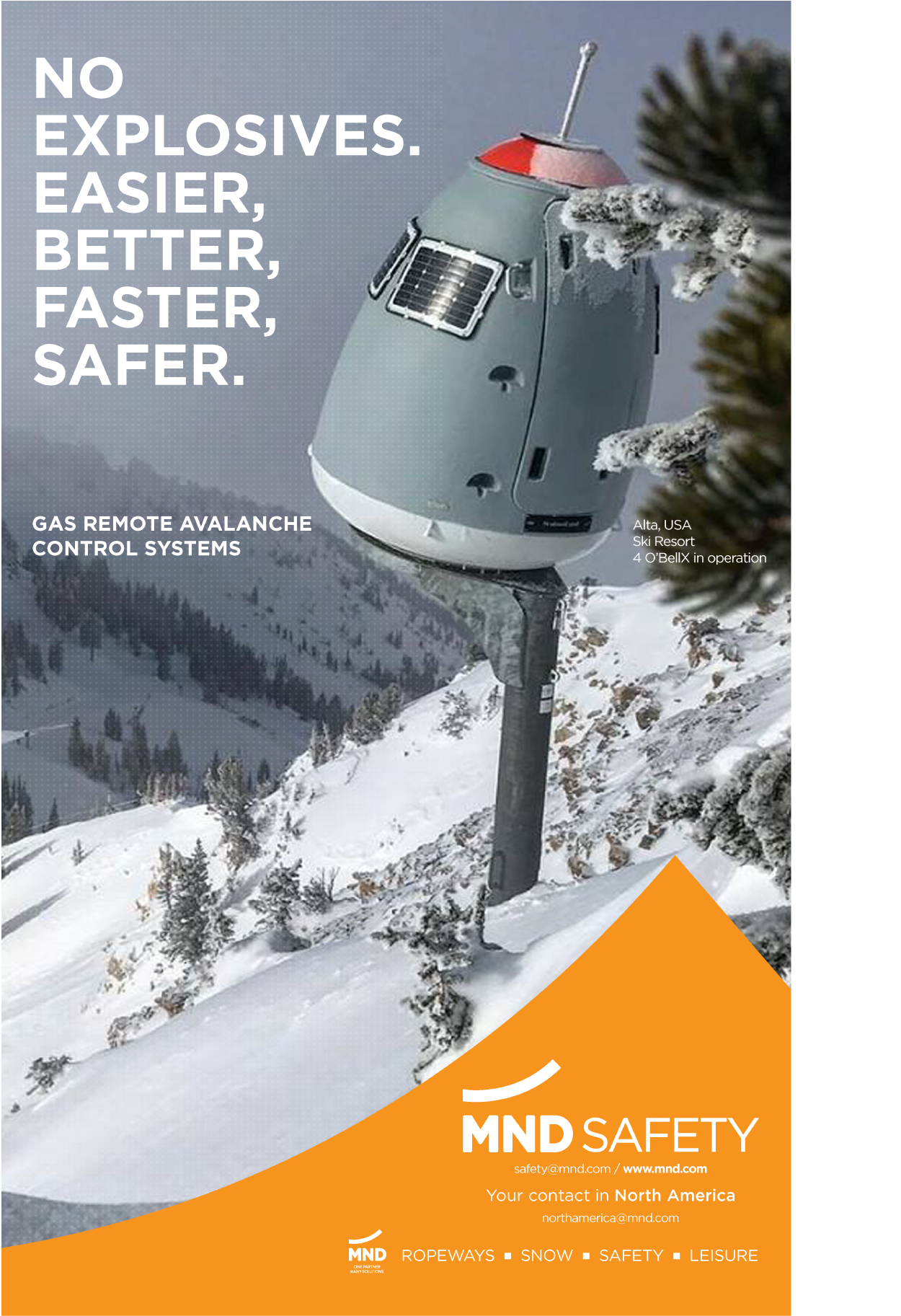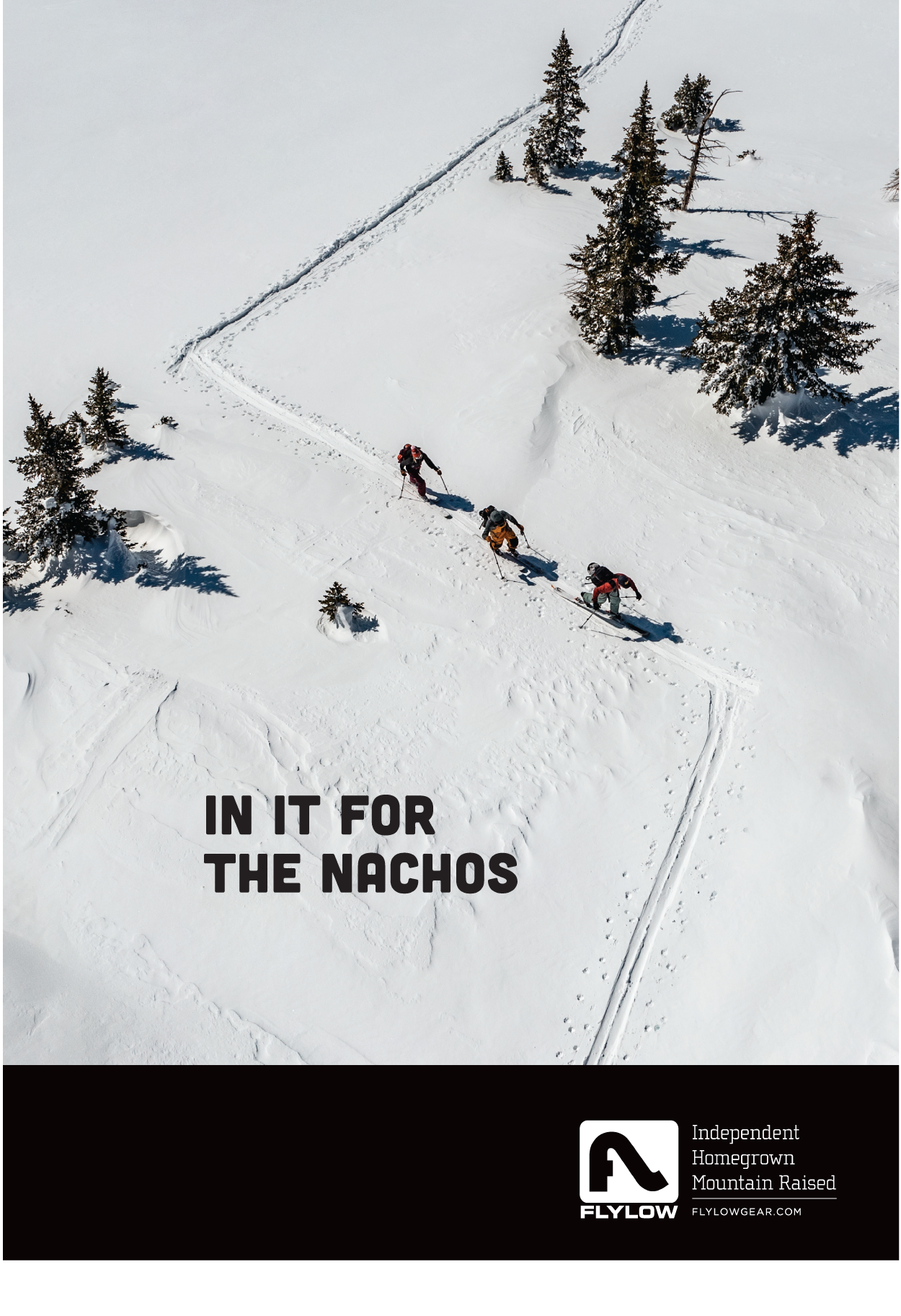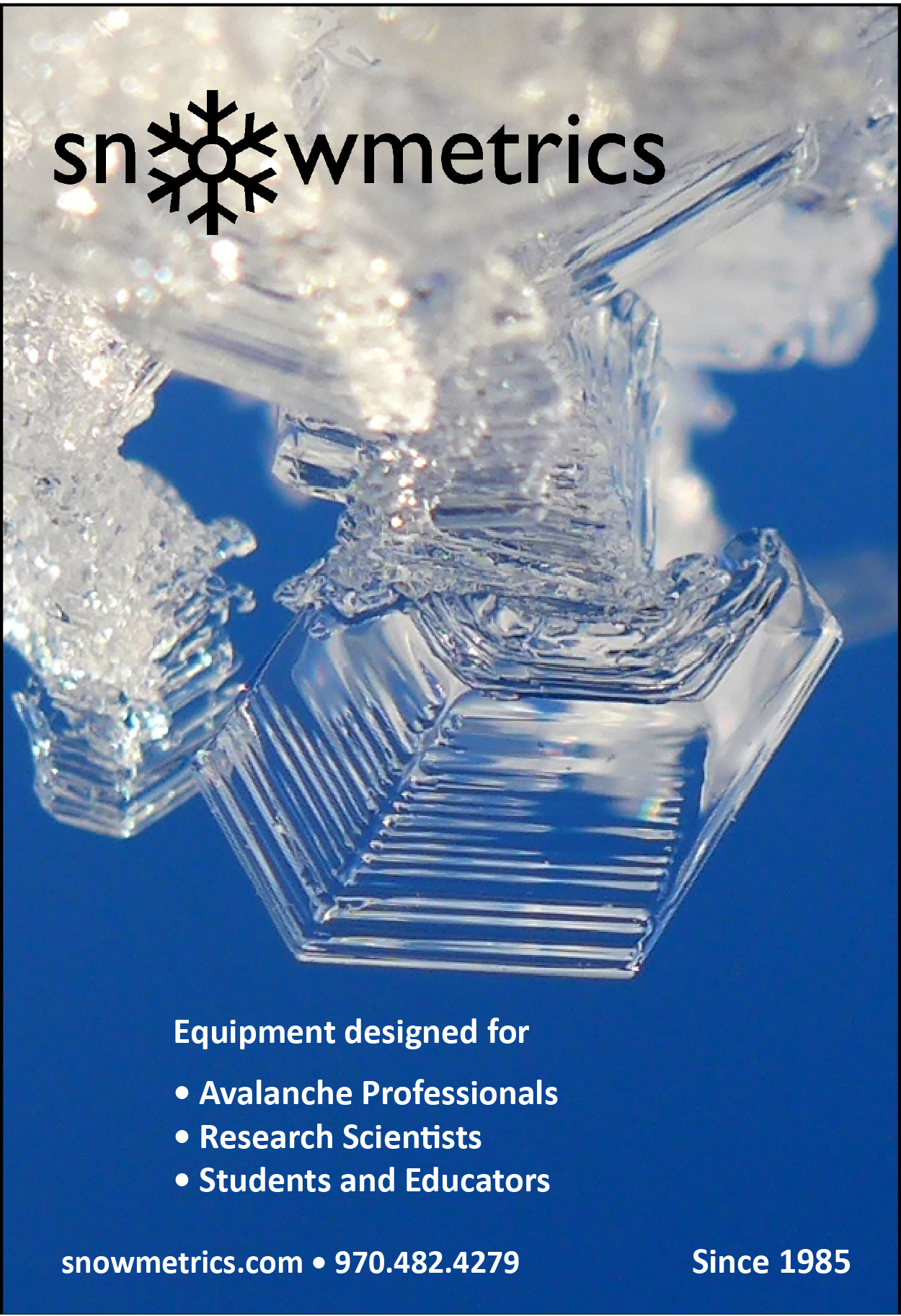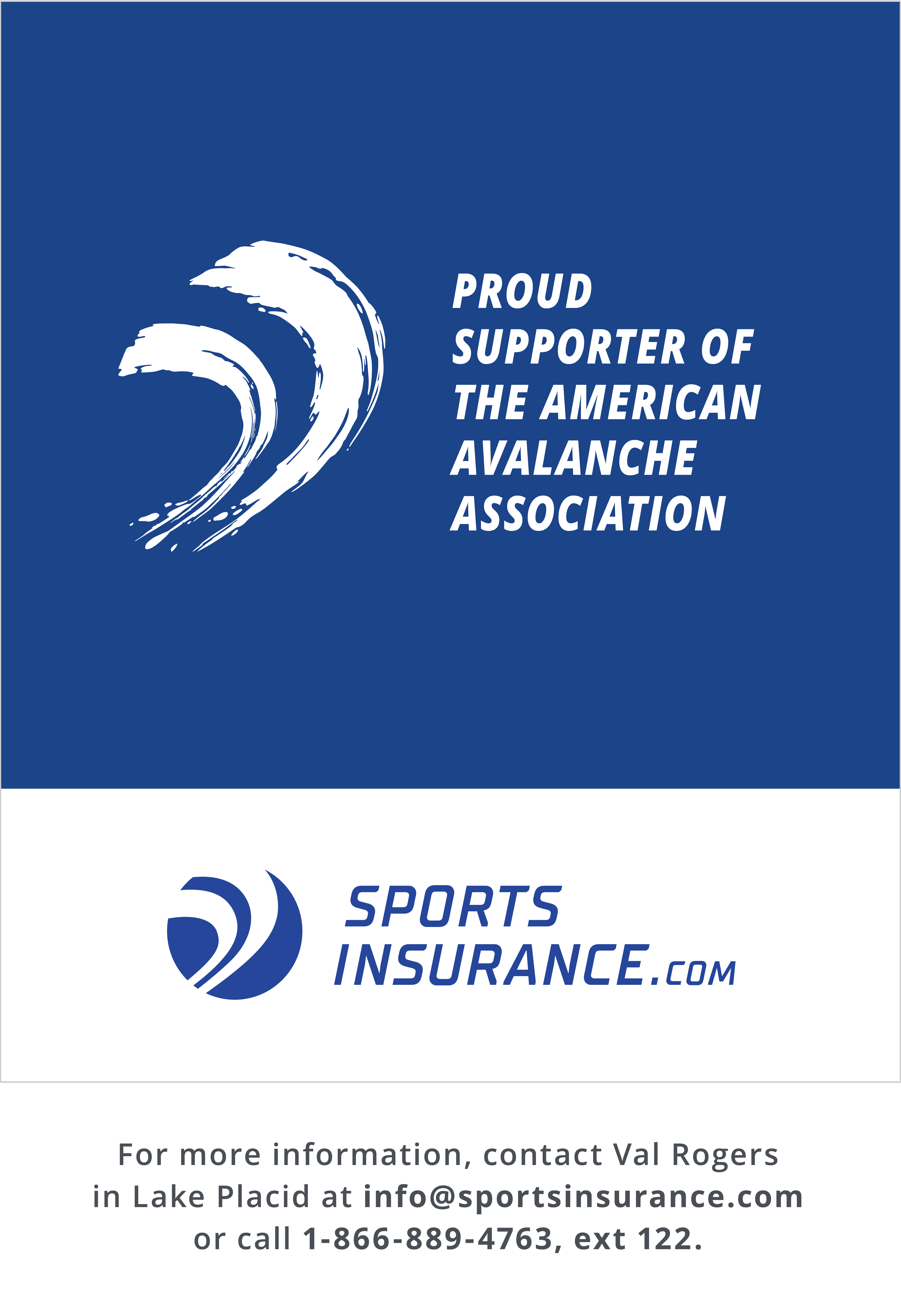By Bruce Edgerly
Aggressive freeride films from Teton Gravity Research, Matchstick Productions, and many others influence hundreds of thousands of young skiers and snowboarders every year. Rowdy big mountain athletes charge big lines, send big airs, and are sometimes shown outrunning avalanches. Does this “aggro” behavior send the right message to young, impressionable riders?
Backcountry Access (BCA) performed a survey through its social media channels in 2018 to determine how freeride films affect the behavior of skiers, snowboarders, and snowmobilers. The results indicate that 51 percent of recreationists and 93 percent of professionals (that we sampled) believe that freeride films affect the behavior of skiers, snowboarders, and snowmobilers in the backcountry. In fact, 31 percent of professionals confirmed that they have rescued individuals that said they were trying to imitate something they saw in a freeride film. And 94 percent of professionals agree that including avalanche safety content in freeride films would likely cause riders to modify their backcountry behavior.
Based on these trends, BCA shifted its sponsorship budget in 2018 toward developing a series of videos that show the “other side” of freeride films, including the avalanche safety and decision-making process behind these aggressive segments. Entitled “Send and Return,” the BCA three-part video series not only shows well-respected athletes riding aggressively, but also shows them evaluating avalanche conditions and planning their tours according to the avalanche conditions. In these films, the athletes demonstrate how to execute safe travel protocols including trailhead tests, traveling one at a time, performing snow stability tests, and communicating clearly about the trip plan. And after they are filmed “sending” radical lines in big mountain terrain, they are always shown safely returning at the end of the day.
The “Send and Return” project enabled BCA to deploy its newly recruited roster of athletes and peer ambassadors to influence the target audience. This communication strategy grew out of BCA’s involvement with The Avalanche Project and a study commissioned by that organization that concluded that “peer to peer” communication is the most effective way to modify the behavior of young, aggressive riders.
BACKGROUND
As a company founded by freeskiers, BCA has always been a supporter of freeride films and competitions, usually with an educational component to its partnerships. BCA representatives have helped train and equip the athletes and production teams. In the early years, BCA even sponsored safety segments on the “DVD extras” that came with each DVD. With the advent of social media channels including YouTube, Vimeo, Instagram and Facebook, it has become easier for BCA to distribute video content outside conventional means such as DVDs and film tours. This widespread access to social media audiences has created opportunities for manufacturers to create their own content instead of relying on film producers and their own distribution networks. Since avalanche safety doesn’t quite “sell” as readily as aggressive freeriding, producers rarely include avalanche safety content in their films. This prompted BCA to create its own series of short videos in 2018 that could be distributed through today’s well-developed social media channels.
To test these ideas, BCA distributed a survey to the backcountry community through e-mail and social media channels, to determine if freeride films affect the behavior of skiers, snowboarders, and snowmobilers—and whether including safety content could have a positive effect on their behavior. This BCA survey, entitled “Are You Under the Influence (of Ski & Sled Films)?” can be found in the Appendix.
The video project was partially influenced by research commissioned by The Avalanche Project, a former consortium of ski industry stakeholders with a mission to develop consistent snow safety messaging across North America. Focus groups hosted by Kruse Consulting concluded that “peer-to-peer”—rather than “top-down”—communication is the most effective way to influence young, aggressive off-piste riders (Kruse et.al. 2014).
SURVEY PARTICIPANTS
A total of 1,370 people completed the BCA survey. The makeup of the survey participant group is characterized as follows.
10 percent of survey participants were 25 years old or younger, 41 percent of survey participants were 26-40 years old, and 49 percent of survey participants were 41 years or older.
31 percent of participants typically spend ten days or less in the backcountry, 24 percent spend 11-20 days in the backcountry, and 45 percent spend over 20 days each season in the backcountry.
69 percent of participants identified as a skier or snowboarder, and 31 percent identified as a snowmobiler (or both snowmobiler and skier/snowboarder).
75 percent of the survey participants self-identified as a recreationist (recreational backcountry skier, snowboarder or snowmobiler) and 25 percent of survey participants self-identified as a professional (professional guide, ski patrol or educator).
SURVEY RESULTS
There were several key findings in the survey:
Of the recreationists surveyed, 51 percent said that watching freeride films influences their behavior in the backcountry. 49 percent said freeride films don’t affect their backcountry behavior—close to an even split.
While 62 percent of recreational riders stated that they have entered into backcountry terrain similar to what they’d seen in a freeride film, 11.5 percent reported that they had entered into such terrain during “questionable” avalanche conditions specifically to ride in terrain and conditions similar to what they’d seen in these films.
Of the snow professionals surveyed, 55 percent said they’d had guests ask them to teach them tricks or take them to terrain similar to what they’d seen in a freeride film. 31 percent said they’ve had to rescue someone who said they’d tried a trick or entered into terrain to imitate something they saw in a freeride film.
Among these pros, 93 percent said they thought freeride films affect the behavior of recreationists; 7 percent said they didn’t think so. Consistent with these results, 96 percent of professionals said they thought recreationists are “somewhat” or “extremely” more likely to take additional risks in the backcountry than if they had not seen freeride films. Six percent said they didn’t think this was the case.
Of the professionals surveyed, 94 percent said they thought recreationists were “somewhat” or “extremely” likely to modify their behavior if avalanche safety segments were shown within freeride films. Six percent said it was unlikely.
SEND AND RETURN VIDEO SERIES
Over the winter and spring of 2018, BCA commissioned several of its athletes and ambassadors to create the three-part BCA “Send and Return” video series that includes avalanche safety messaging in addition to aggressive skiing, snowboarding, and snowmobiling footage. The series consists of one video featuring backcountry skiers and snowboarders, one video featuring hybrid skiers/snowmobilers, and one video featuring only snowmobilers. The videos were filmed and edited by Ben Goertzen of Red Yeti Productions, Riley Leboe of Seeking Nirvana, and Jim Phelan of Thunderstruck Films, respectively. Each video includes segments showing athletes checking the avalanche bulletin, planning their tour, performing a transceiver trailhead test, riding one at a time, performing appropriate stability tests, and returning to the trailhead at the end of the day. And, of course, they all include aggressive riding footage, including eye-catching aerial maneuvers.
Check out Episodes 1 through 4 of the BCA Safe Shredding Series below.
“Send and Return” debuted in the autumn of 2018 and is being distributed via social media and is downloadable at www.backcountryaccess.com.


